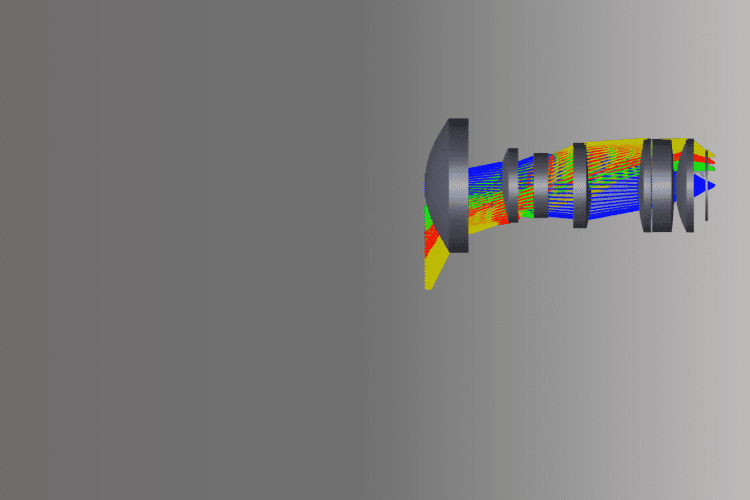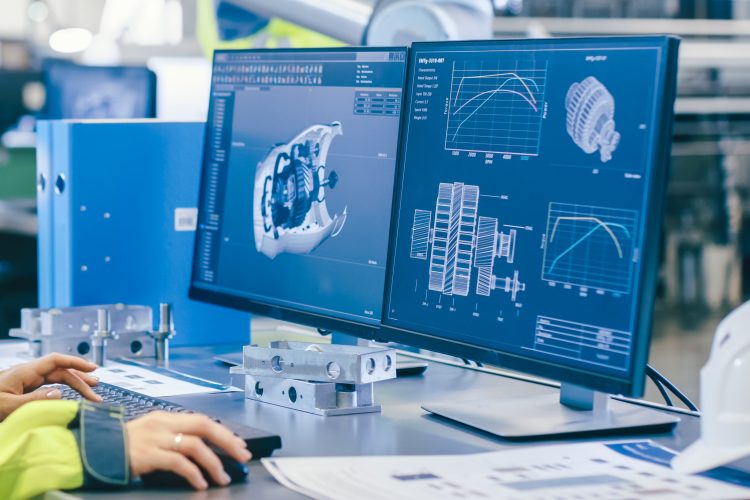An IR lens is an optical lens designed to collimate, focus, or collect infrared light. At Avantier Inc., we produce high performance IR Optics such as IR lenses for use with near-infrared (NIR), short-wave infrared (SWIR), mid-wave infrared (MIR), and long-wave infrared (LWIR) spectra. These Infrared lenses can be customized for specific areas of the […]
Blog
Avantier Inc.











